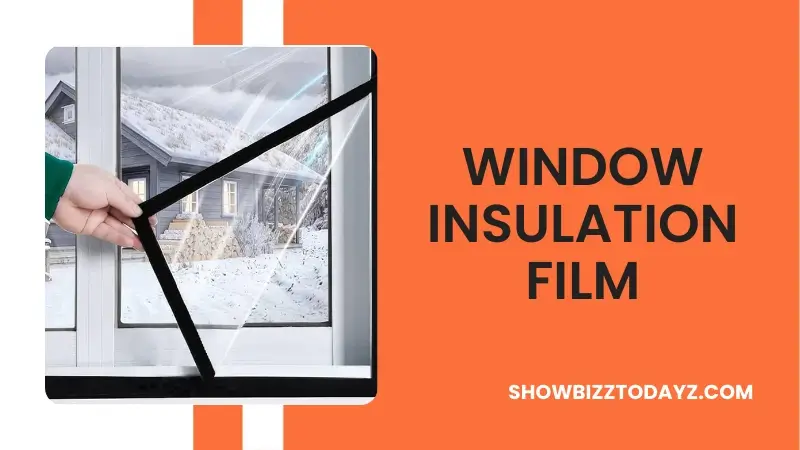Window Insulation Film: A Smart Way to Improve Energy Efficiency
In today’s world, where energy efficiency has become a crucial aspect of sustainable living, homeowners are often on the lookout for effective measures to reduce energy consumption. One such innovative solution is window insulation film . This simple yet effective product can significantly improve the energy efficiency of your home by reducing heat loss and enhancing thermal comfort. With services like those provided by Utility Bidder, you can explore more ways to optimize your energy use and save on your utility bills.

Understanding Window Insulation Film
Window insulation film is a specialised, often transparent material applied directly to windows. It’s designed to add an additional layer of insulation by reflecting and absorbing heat. The film is constructed from polyester-based materials with different coatings to regulate solar heat gain, thermal retention, and glare control, making it an excellent choice for varying climates. Read another trending article, Best Worldwide Flower Delivery Services.
Benefits of Window Insulation Film
The primary benefit of window insulation film is its ability to reduce energy consumption. During winter, the film helps to retain indoor heat, reducing the need for constant heating. Conversely, in the summer months, it can block a significant percentage of solar energy from entering your home, leading to reduced air conditioning usage. This dual functionality helps maintain a consistent indoor temperature throughout the year, which can greatly decrease your energy bills.
Beyond energy savings, window insulation film also offers numerous secondary benefits. It can block harmful UV rays, which are detrimental to both your skin and your home’s interior furnishings. By reducing the penetration of these rays, the film can prevent furniture from fading and contribute to a healthier indoor environment. Additionally, certain films provide privacy without impacting the amount of natural light entering the home, a subtle balance that artificial window treatments often struggle to achieve. Check out our comprehensive article on Robust Business Model for Future Growth for additional information.
Environmental Impact
By reducing the necessity for heating and cooling, window insulation films contribute to a smaller carbon footprint. This reduction in energy usage not only saves money but also lessens the demand on national power grids, which are major sources of carbon emissions. Moreover, since window films can prolong the lifespan of existing windows, they reduce the need for window replacements, conserving materials and energy that would otherwise go into manufacturing and installation.
Installation and Considerations
Installing window insulation film is generally a straightforward process, though it requires a degree of precision to ensure optimal performance and aesthetics. Many films are designed for DIY installation, offering homeowners an affordable option for enhancing their home’s energy efficiency. However, for those who prefer professional installation, there are many service providers available who can ensure proper placement without air bubbles or wrinkles.
When considering window insulation film, it’s essential to choose the type that best fits your specific needs. Films vary in terms of their efficacy and appearance; some are virtually invisible, while others may have a tint or reflective property. Homeowners should evaluate their priorities, whether it’s maximum energy efficiency, enhanced privacy, or UV protection, to select the most appropriate product. Enhance your understanding by reading our in-depth post on Benefits of Managed DevOps for Streamlined Development and Operations.
Conclusion
In an era where sustainable living is the need of the hour, window insulation film presents a smart and efficient way to reduce energy consumption without compromising on comfort or style. It embodies the principle that small changes can have significant impacts, enhancing the quality of living while contributing to the greater goal of environmental conservation. Whether you are looking for immediate savings on your energy bills or long-term impacts on the environment, window insulation film is a compelling choice for any homeowner looking to make an intelligent investment in their property. You can visit showbizztoday.com for more trending posts.
